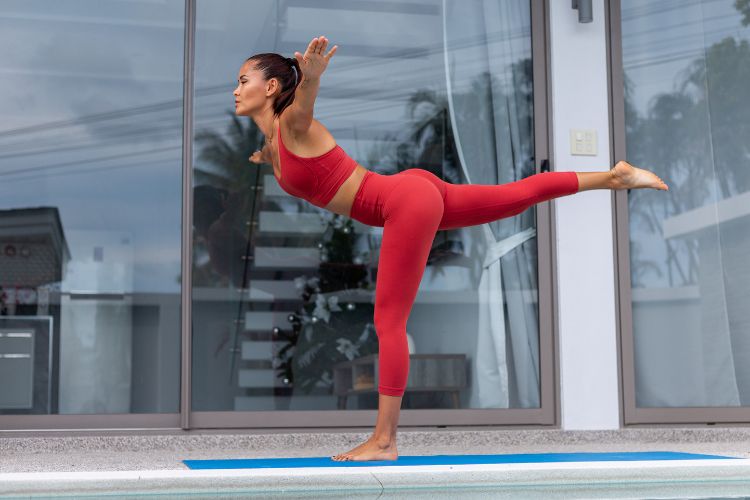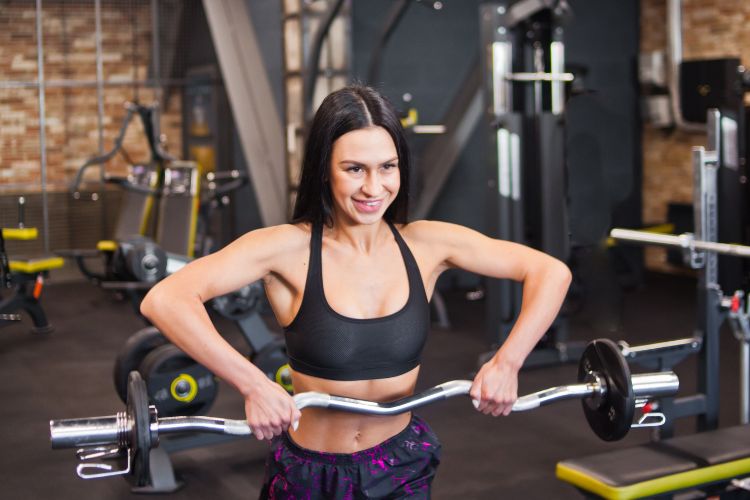Sign up for workout ideas, training advice, reviews of the latest gear and more.





In a world where time is short and fitness is essential, 15-minute HIIT workouts are the ultimate solution for anyone looking to stay in shape, boost energy, and burn calories efficiently. High-Intensity Interval Training (HIIT) has taken the fitness world by storm—and for good reason. It’s fast, effective, and can be done virtually anywhere with minimal or no equipment.
Whether you’re a beginner or an experienced athlete, this guide will walk you through everything you need to know about 15-minute HIIT workouts, their benefits, how to structure them, and sample routines to get you sweating and smiling in no time.
HIIT (High-Intensity Interval Training) involves alternating between short bursts of intense exercise followed by brief rest or lower-intensity periods. A 15-minute HIIT session typically includes 3–5 rounds of challenging exercises that push your heart rate up quickly, helping you burn calories both during and after your workout.
You might be wondering—can 15 minutes really make a difference? The answer is a resounding YES. Scientific research shows that short bursts of high-intensity activity can provide the same (or even better) cardiovascular and fat-loss benefits as longer, moderate-intensity workouts. The key is intensity and proper programming.
HIIT workouts are a powerhouse of benefits for people with all levels of fitness.
The biggest draw of HIIT is the ability to burn fat quickly. With short, explosive movements, your body taps into stored energy and burns calories even after the workout ends through a phenomenon called EPOC (Excess Post-Exercise Oxygen Consumption).
The afterburn effect continues for hours after your workout, raising your resting metabolic rate and helping with long-term fat loss.
Studies show that short HIIT sessions can improve VO2 max, lower blood pressure, and reduce heart disease risk as effectively as traditional cardio.
HIIT isn’t just for cardio. Depending on the exercises you choose (think squats, lunges, push-ups), you can also build and tone muscle at the same time.
Many 15-minute HIIT routines use only your body weight, making it a flexible option for home workouts, travel, or lunch breaks at the office.
To get the most out of your 15-minute HIIT session, it needs to be properly structured. Here’s how to set it up:
Start with light cardio and dynamic stretches to get your body ready. Examples:
Choose 4–6 exercises and perform them in intervals. The most common formats are:
Repeat for 3–4 rounds depending on the time you have and your fitness level.
End with some deep breathing and stretches to return your heart rate to normal. Focus on hamstrings, quads, chest, and shoulders.
When time is limited, each movement needs to count. Here are top bodyweight HIIT exercises to include in your workouts:
Targets: Legs, glutes, core
Explosive lower-body power move that spikes your heart rate while building strength.
Targets: Chest, shoulders, triceps, core
A classic move to build upper body strength and endurance.
Targets: Full body, especially core and shoulders
A cardio-intensive move that doubles as a core workout.
Targets: Full body
One of the best fat-burning exercises. Burpees challenge every major muscle group.
Targets: Quads, glutes, hamstrings, calves
Adds a plyometric challenge to traditional lunges and tests balance and coordination.
Targets: Core, legs
Great for cardio and lower body engagement.
Targets: Core, shoulders, chest
Combines core stability with upper body strength and endurance.
Here are a few ready-to-go routines depending on your fitness level.
Structure: 30 seconds on / 30 seconds rest
Repeat 3 Rounds
Cooldown: Deep breathing and light stretching
Structure: 40 seconds work / 20 seconds rest
Repeat 3 Rounds
Cooldown: Stretch hamstrings, hip flexors, chest
Structure: Tabata (20 seconds on / 10 seconds rest)
8 Rounds per movement
Cooldown: 2 minutes of foam rolling or yoga poses like child’s pose and pigeon stretch
To maximize your results, keep these key points in mind:
Even in short bursts, poor form leads to injury. Move fast but stay in control.
Apps like Seconds Pro, Tabata Timer, or just your phone’s stopwatch make it easier to stay consistent.
As you progress, you can reduce rest time, increase work duration, or swap in tougher moves to keep challenging yourself.
HIIT makes you sweat fast—make sure you drink water before and after your workout.
Doing HIIT 3–4 times a week is enough to see real results in stamina, strength, and fat loss.
If you’ve got some gear like dumbbells or resistance bands, level up your 15-minute routine with these add-ons.
Structure: 40 seconds work / 20 seconds rest
3 Rounds
Structure: 30 seconds on / 15 seconds rest
3 Rounds
These routines are excellent for:
Just check with your healthcare provider before starting HIIT, especially if you have heart conditions, joint problems, or are pregnant.
It’s best to do HIIT 3–5 times per week, with rest or lower-intensity workouts in between to allow recovery.
Yes—combined with a healthy diet, HIIT can promote fat loss and improve overall body composition.
Absolutely. Skipping a warm-up increases your injury risk and reduces performance. Even 2–3 minutes of light movement makes a difference.
No worries. You can always modify movements. For example, do regular squats instead of jump squats, or knee push-ups instead of standard ones.
You don’t need hours in the gym to get in shape. With just 15 minutes of HIIT, you can torch fat, build strength, and feel more energized—all with minimal equipment and space. Whether you’re working out at home, at the office, or while traveling, there’s no excuse not to squeeze in a quick, powerful workout that fits your lifestyle.
So grab a mat, set your timer, and crush a 15-minute HIIT workout today. Your body and mind will thank you.
Don’t forget to share this guide with friends who need a quick, effective workout!
Stay up to date on the latest women’s health, fitness and lifestyle trends and tips.